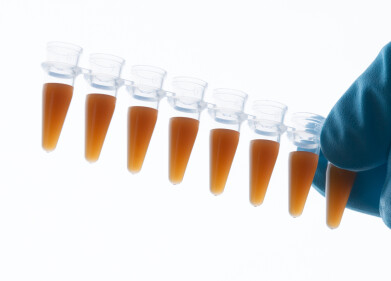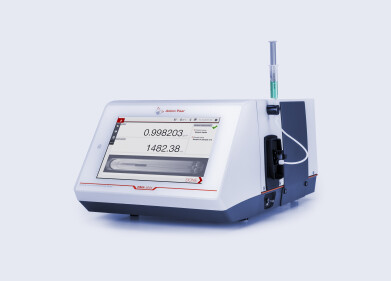Laboratory Products
What Goes into the New Five Pound Note?
Sep 18 2016
The new £5 note is here, and we’re being told it’s pretty great. It’s supposed to be tougher and last longer than the notes we’re used to, with some cool security features too. But what exactly is it made from? Read on and we’ll take a look at the polymers used to make the new notes and what benefits they hold.
Molecular structure
Polymers are essentially a substance which is built up from several small molecules. These small molecules (monomers) are bonded together in a chain-like structure. They’re not as unusual as they sound. Plastics are polymers, for example. Since the 19th century we have been producing man-made polymers and there are even some natural polymers that we use like rubber and starch.
Beneficial polymers
Their chain-like molecular structure makes them versatile and hard-wearing. For the new notes, this means they will be much less vulnerable to tearing. They also won’t perish in the washing machine for the odd time you forget to empty your pockets. Never washed or torn a note? Well their new material also makes them more resistant to the general usage over time. With constant folding, scrunching and touching, notes can become thin and worn. While the five pound notes we’re familiar with generally last two years, the new notes, it’s thought, will last an average of five years.
Other features
On top of its stronger design, the note has new security features. A transparent window makes it much harder to forge. With the new £10 note due in 2017 and the £20 version in 2020, the new currency will also have improved size tiering with bolder numbers. Finally, raised dots, similar to brail, will make the notes identifiable for those with visual impairments or blindness.
“Polymer £10 and £20 notes will each have a tactile feature created by a series of raised dots, and the £5 note will be distinguishable by the absence of a feature," explained Victoria Cleland, Bank of England's chief cashier. With over 400 million new notes printed, it’s expected most people will have them within a month. The old note will become obsolete in May 2017.
Polymer separation
Efficient disposal, in some cases, requires polymers to be separated. But it isn’t all that simple. Methods can be quite complex and consequently expensive. However, as research advances, we are seeing new, more practical methods. ‘Thermal Separation of Complex Polymers’ reviews the Postnova TF2000, an advanced thermal system that can separate and characterise complex polymers efficiently
Digital Edition
International Labmate 49.6 - Sept 2024
September 2024
Chromatography Articles - HPLC gradient validation using non-invasive flowmeters Mass Spectrometry & Spectroscopy Articles - From R&D to QC, making NMR accessible for everyone: Putting NMR...
View all digital editions
Events
Oct 15 2024 Milan, Italy
Oct 17 2024 Dhaka, Bangladesh
Oct 20 2024 Fort Worth, TX, USA
Oct 21 2024 Dalian, China
Oct 30 2024 Birmingham, UK






.jpg)











